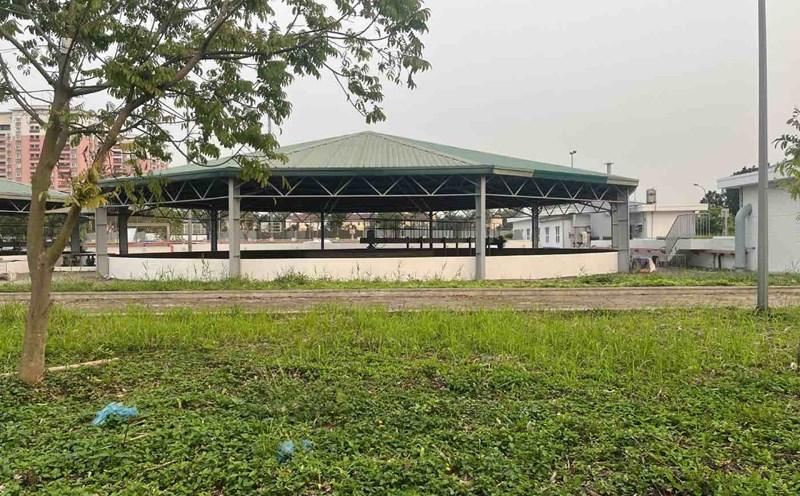In the near future, Hanoi will have another Seraphin waste-to-energy plant (with a capacity of 2,550 tons/day and night) located in Xuan Son solid waste treatment area, in Ba Vi district and Son Tay town, completed and put into operation to receive the remaining waste of the city that is being buried. At that time, the city's urban waste problem will be basically handled.
According to the representative of Thien Y Ha Noi Environmental Energy Joint Stock Company, from 2022 onwards, the city's centralized waste treatment areas will receive about 7,000 tons/day; of which more than 90% of the waste will be treated through landfill. This method not only poses a potential risk of environmental pollution, but also wastes resources to convert them into energy to serve the needs of socio-economic development.
The operation of the waste-to-energy plant has contributed to minimizing the risk of environmental incidents due to congestion of household waste in Hanoi and the amount of leachate generated from landfill. Incineration also saves land resources. Because, if we continue to treat waste by landfill method, every year, Hanoi must arrange a certain area of land to store, bury waste and must treat wastewater" - said a representative of Thien Y Environmental Energy Joint Stock Company.
In Plan No. 284/KH-UBND on the development of renewable energy in 2024, Hanoi sets a goal of striving to develop about 67MW more from the generation of electricity from the No. 3 plant of the Soc Son Waste-to- consume Power Plant project and the Seraphin Waste-to- consume Power Plant project into operation, at this time the total energy source from waste treatment in the city will reach about 129.3MW.
In the future, the city will continue to implement waste treatment projects in Chuong My, Phu Xuyen, Thanh Tri, Gia Lam... The construction of waste treatment plants around the central area will contribute to reducing transportation distances, reducing costs and reducing budget expenditures.
Support the development of waste-to-energy plants, but experts warn of the risk of pollution from smoke, emissions and flying ash. Therefore, factories need to strictly comply with environmental standards and apply effective pollution control measures.










